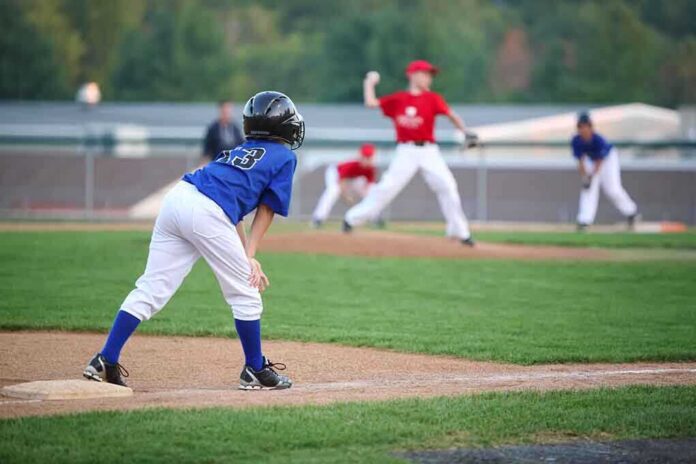
Young amateur athletes may be at risk of brain damage long before they ever turn professional.
Story Snapshot
- Chronic traumatic encephalopathy (CTE) found in young, amateur athletes.
- 41.4% of studied athletes under 30 showed signs of CTE.
- First American female soccer player diagnosed with CTE.
- Research challenges assumptions about CTE risks being limited to professional athletes.
CTE: No Longer Just a Professional Athlete’s Concern
Boston University’s CTE Center recently published a study in JAMA Neurology, revealing that young amateur athletes are at considerable risk for chronic traumatic encephalopathy. In examining 152 contact sport athletes under age 30, they found 41.4% exhibited signs of CTE. These findings challenge the assumption that CTE is a disease reserved for professional athletes. The study included the first American female soccer player diagnosed with CTE, broadening the scope of concern beyond the football and boxing arenas.
The implications of these findings are profound. With evidence now suggesting that amateur athletes, including young football and soccer players, can develop early signs of brain degeneration, it raises questions about the safety of youth sports. Historically, the focus has been on professional athletes, particularly those in the NFL. However, this study indicates that the risk is widespread, affecting athletes who have never played at a professional level.
The Evolution of CTE Research
CTE was first identified in boxers and was known as “punch-drunk syndrome.” Over time, research expanded to include NFL players and other contact sports professionals. The establishment of brain banks and research centers, like the UNITE Brain Bank, has been pivotal in advancing our understanding of CTE. Recent years have seen a shift towards investigating the disease in amateur athletes, leading to a broader understanding of its prevalence and impact.
In the past, CTE was thought to be a result of long careers and numerous head traumas. However, the new research underscores the potential for the disease to affect those with shorter athletic careers or even those playing at amateur levels. This discovery has significant implications for sports safety protocols and the future of youth sports.
Repercussions for Youth Sports
The revelations from the BU study could lead to significant changes in how youth sports are conducted. Parents, coaches, and organizations might need to reconsider the risks associated with contact sports. The findings could lead to a decline in youth participation as safety concerns grow. Moreover, there could be a push for rule changes and improved safety equipment to mitigate risks.
The impact extends beyond the sports field. Economically, there could be increased healthcare costs and potential litigation related to brain injuries. Socially, attitudes towards contact sports could shift, prioritizing mental health and safety over competition. Politically, these developments might lead to calls for stricter regulations and oversight of youth sports safety standards.
Expert Insights and Future Directions
Experts from the BU CTE Center, like Ann McKee, emphasize that the early signs of CTE in young, amateur athletes challenge our previous assumptions. These findings highlight the urgent need for more research, increased awareness, and preventive measures. However, some caution against overinterpreting the findings due to limited sample sizes and the fact that CTE can only be diagnosed post-mortem.
As the conversation around CTE continues to evolve, it is clear that more comprehensive studies are needed. The sports community, from amateur leagues to professional organizations, must prioritize the health and safety of athletes. Parents, educators, and policymakers need to engage in discussions about the future of contact sports and how best to protect young athletes from the potential long-term impacts of repeated head trauma.















